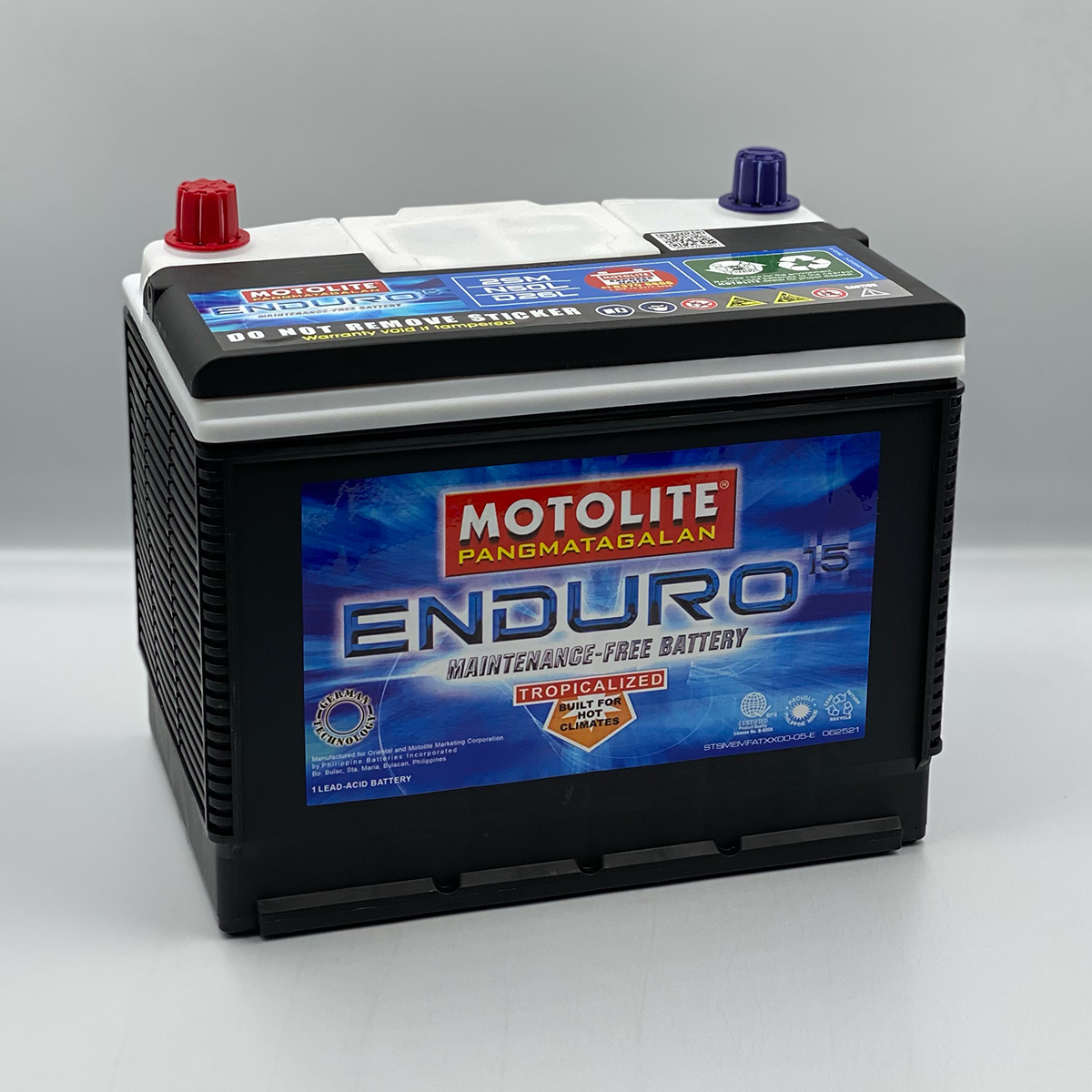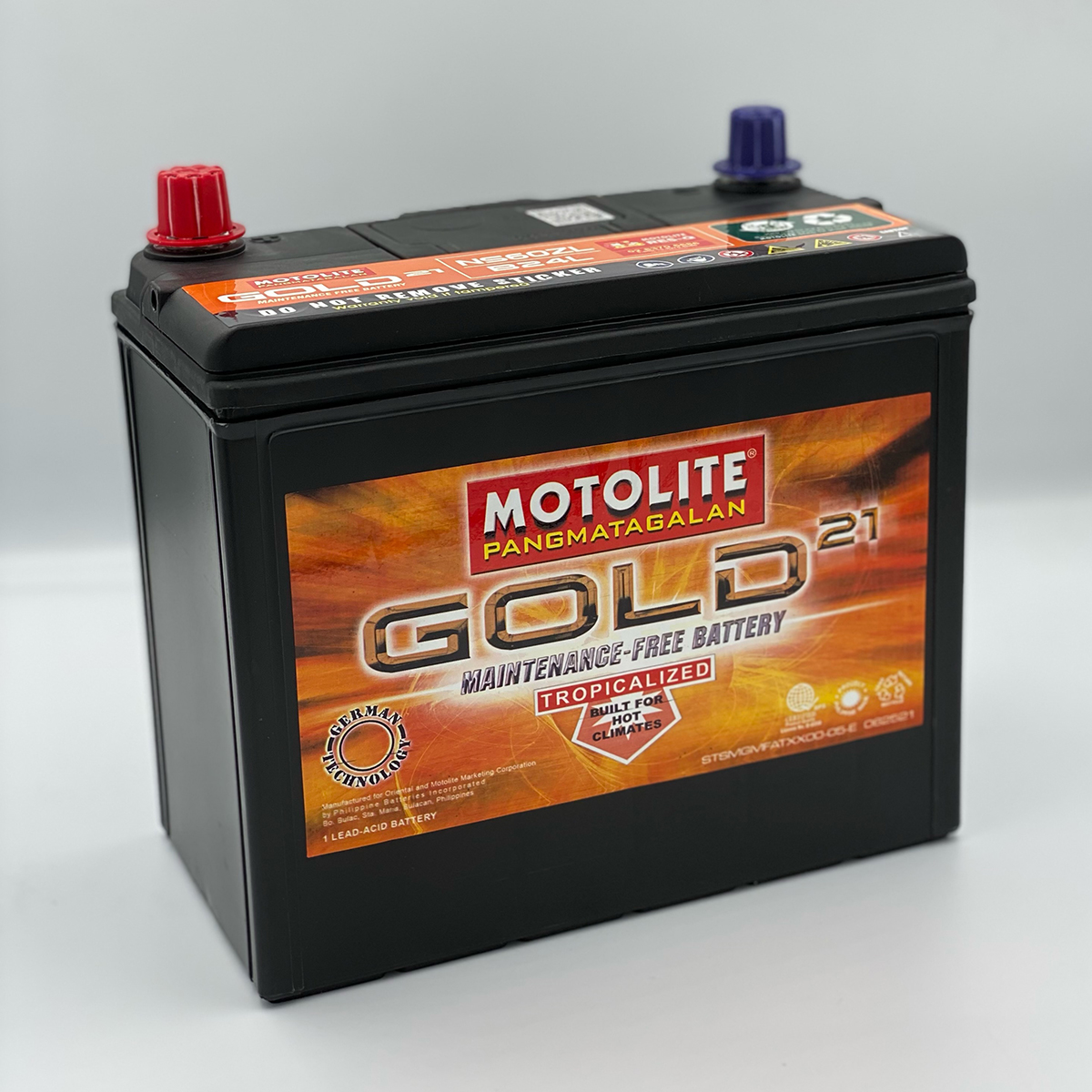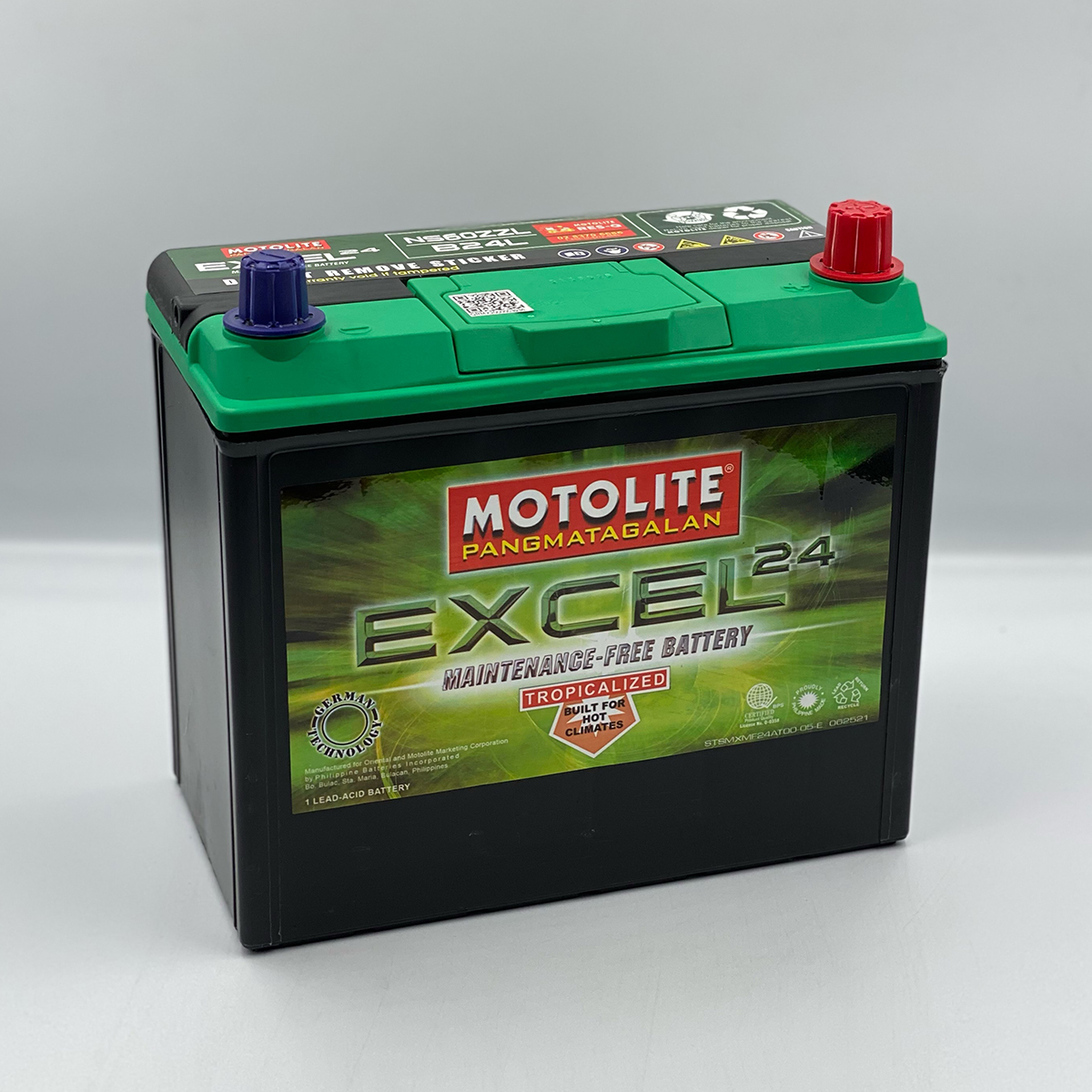Since today’s vehicles are equipped with numerous advanced electrical gadgets, choosing the right battery can be a tough task. Original Equipment batteries are rated at the minimum required rating, since they are designed for cars with all the Original Electrical Equipment in place. It is best to install a battery of HIGHER CAPACITY (AH, CCA or CA, RC) if you have installed additional electrical accessories. This is to ensure a margin of safety and better battery performance. Should you decide to install a bigger and more powerful battery, please note the following tips when carrying out the installation:
1. Fit the battery first. Does the battery have a height clearance or fitting problem? If yes, do not proceed with the installation. Does the acid tray fit? If not, purchase a tray that will fit the battery. This is to protect your undertray from acid corrosion Does the battery hold down fit? If not, purchase a hold-down that will fasten the battery to the vehicle.
2. Check if the new battery’s gas exhaust vents directly face your car’s electronic module. Some designs have their exhaust gas vents located on different sides of the cover (for MF-sealed batteries). Vents with direct exhaust may damage your vehicle’s electronic control module.
3. Always consult a battery expert or technician first before attempting to install a battery.







